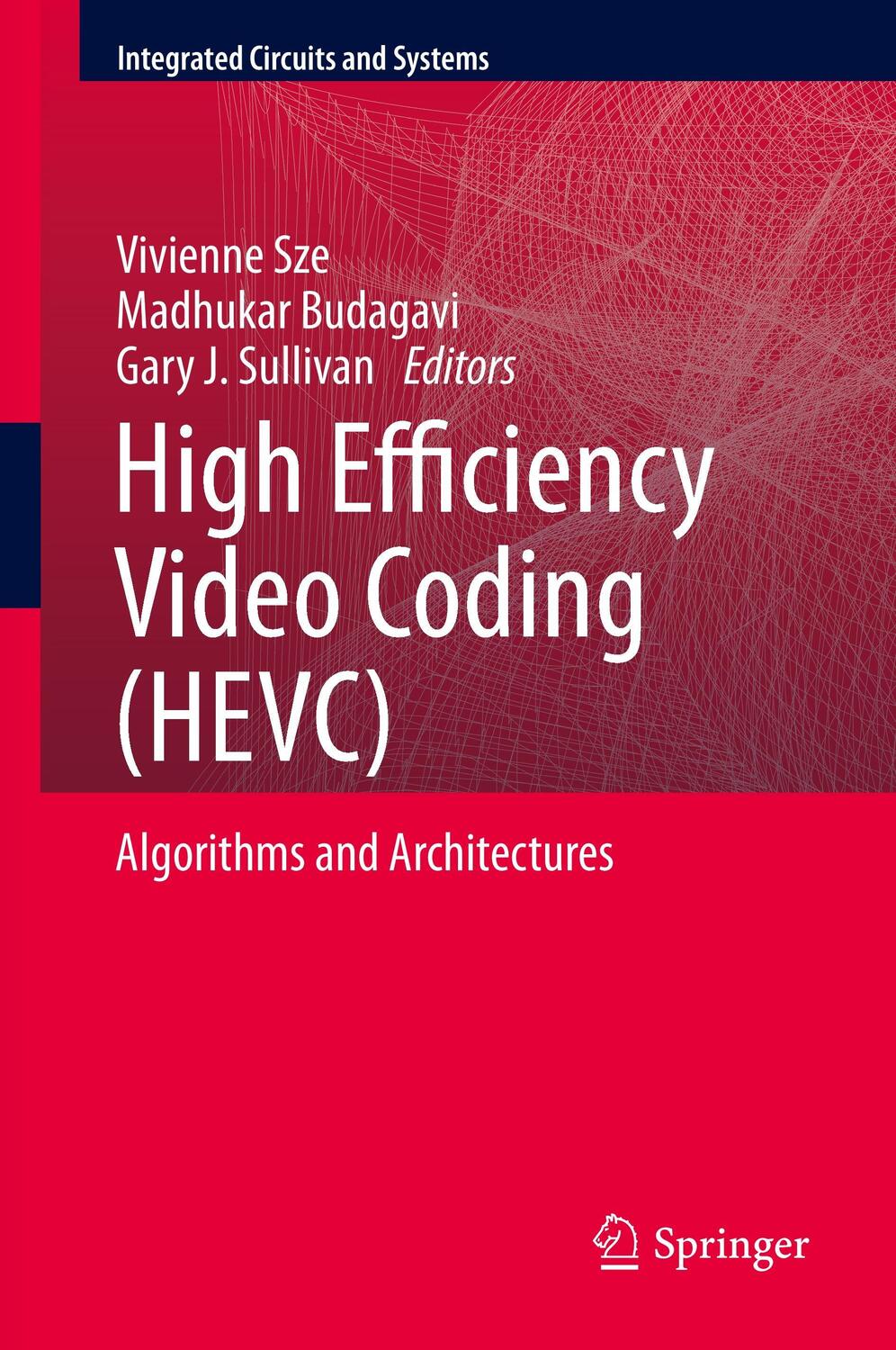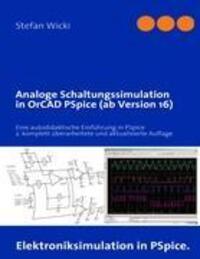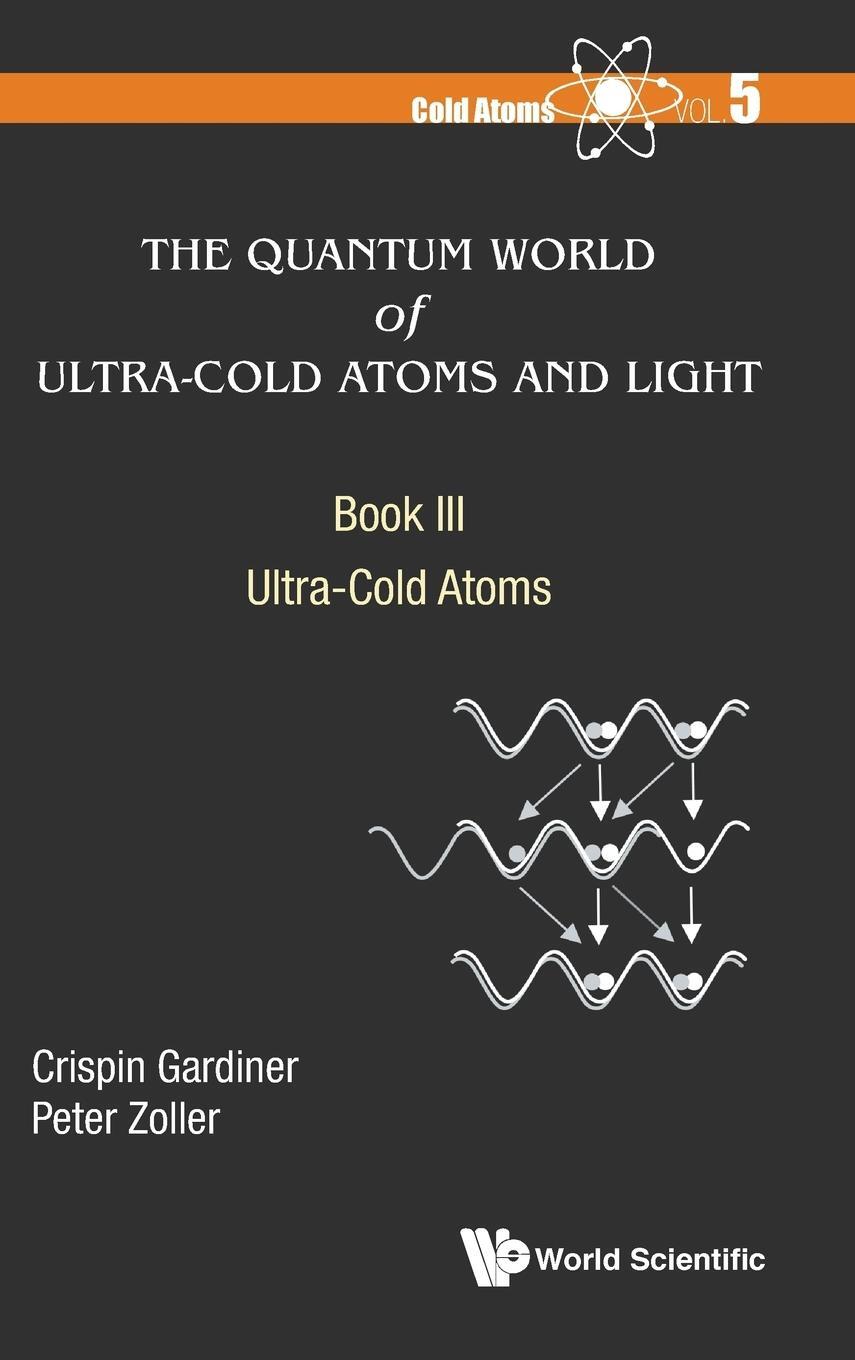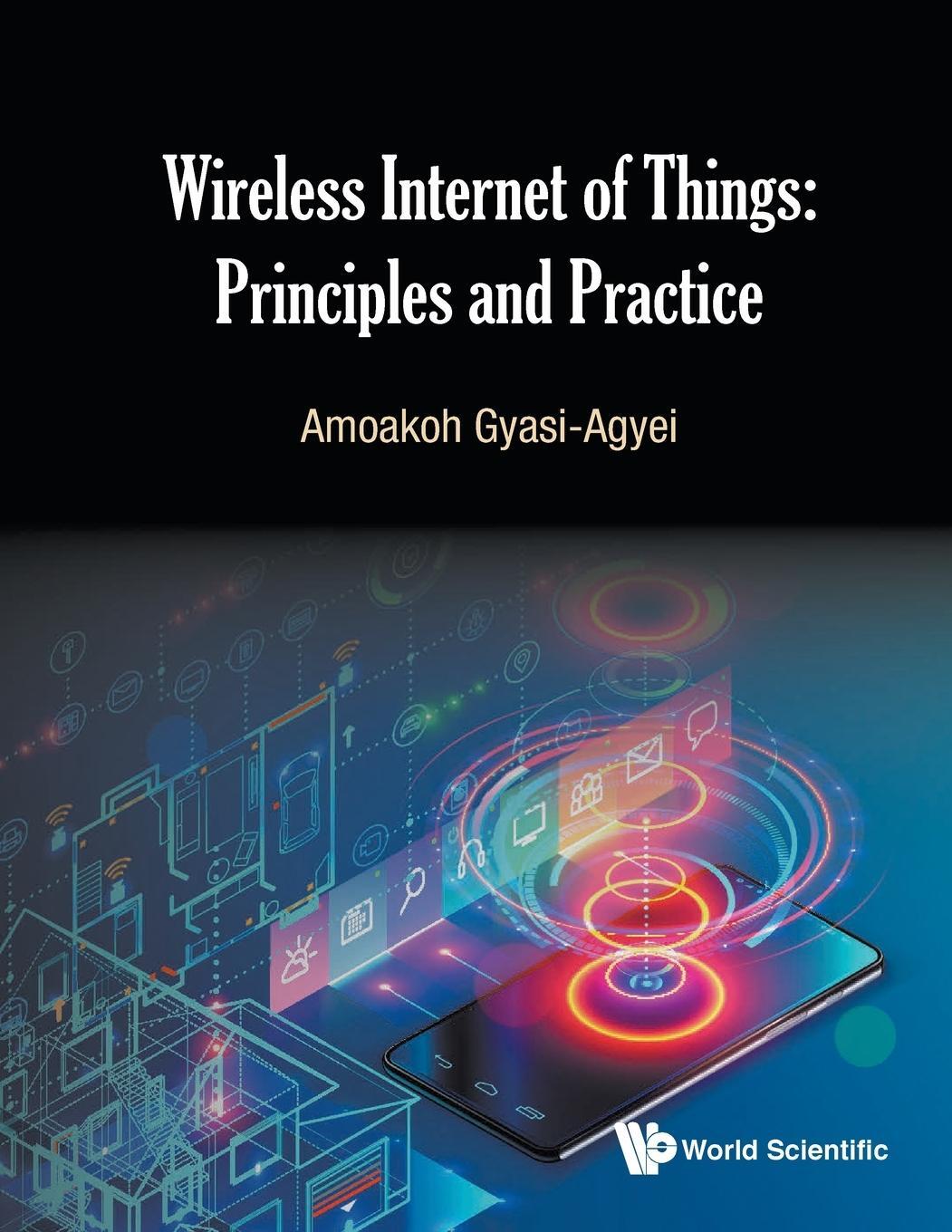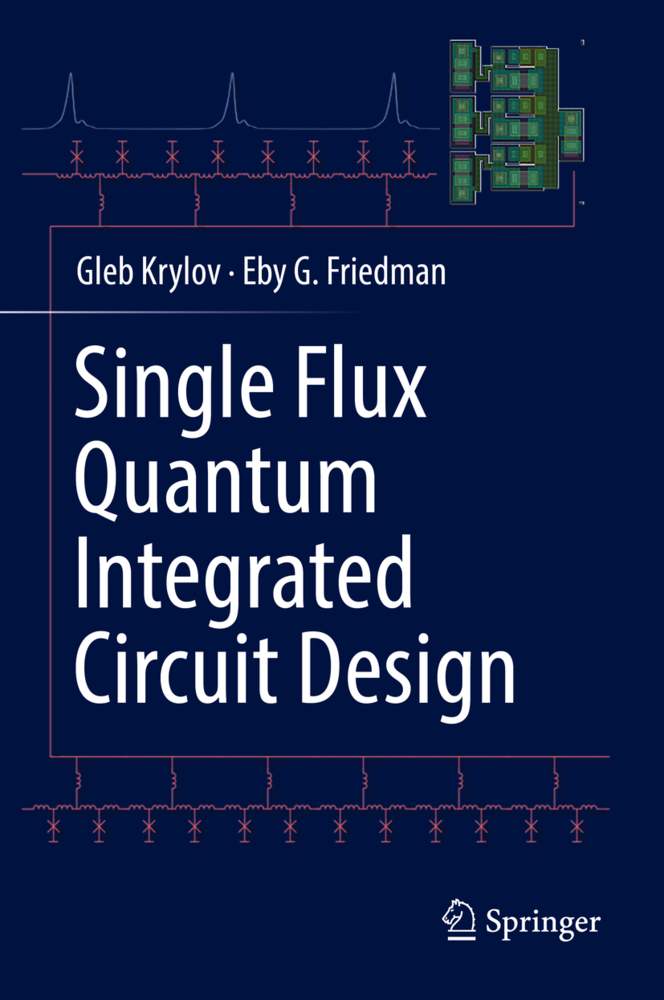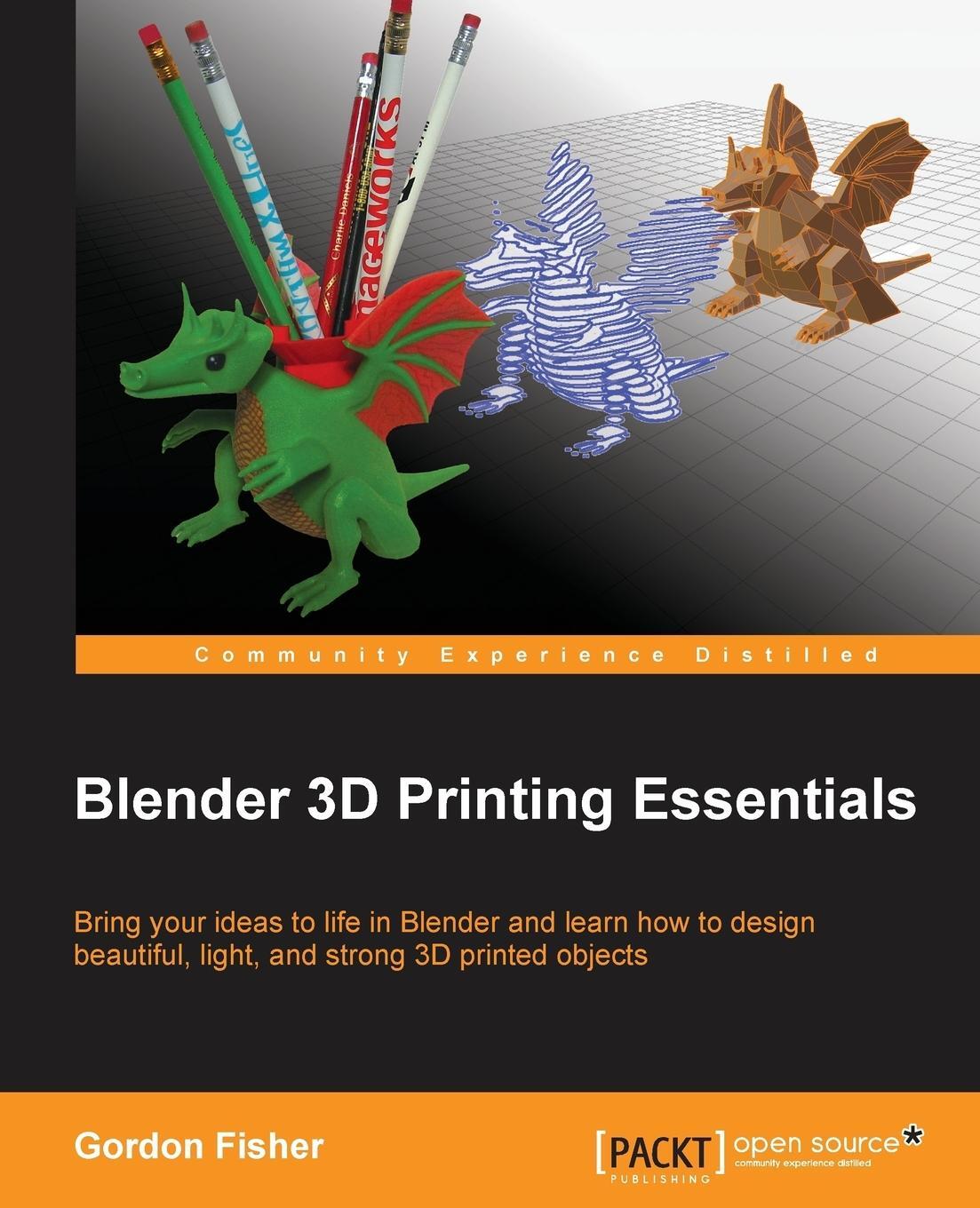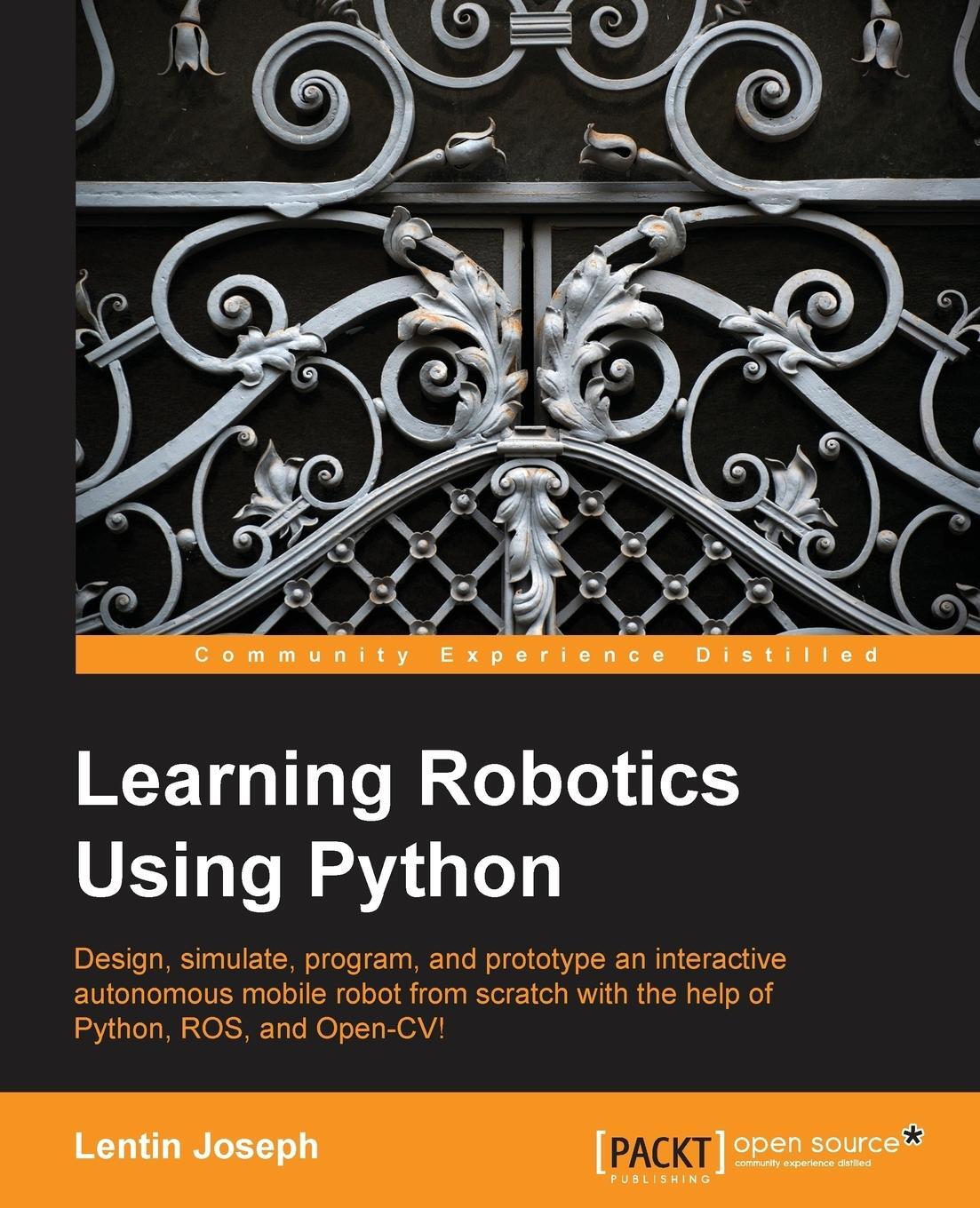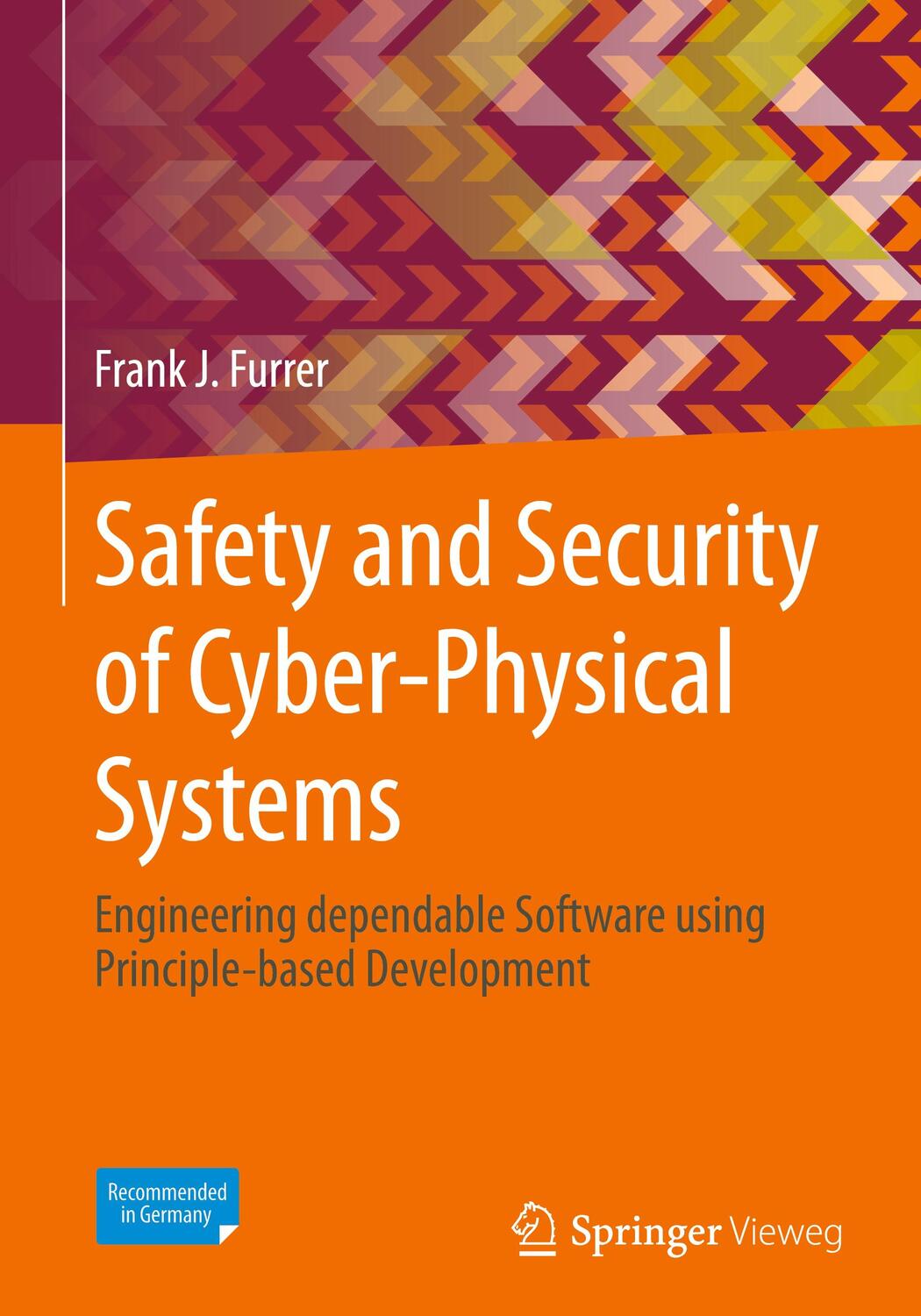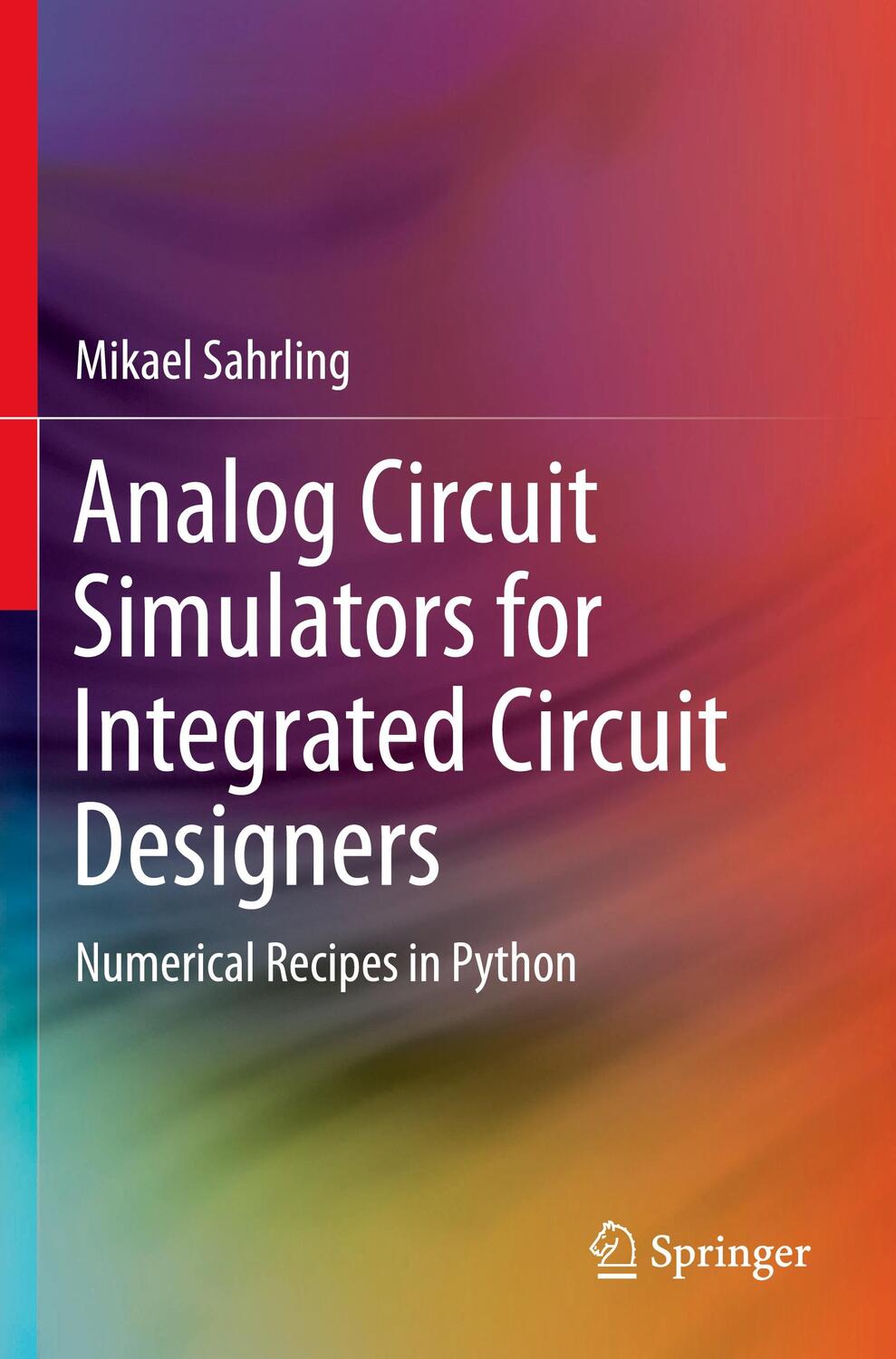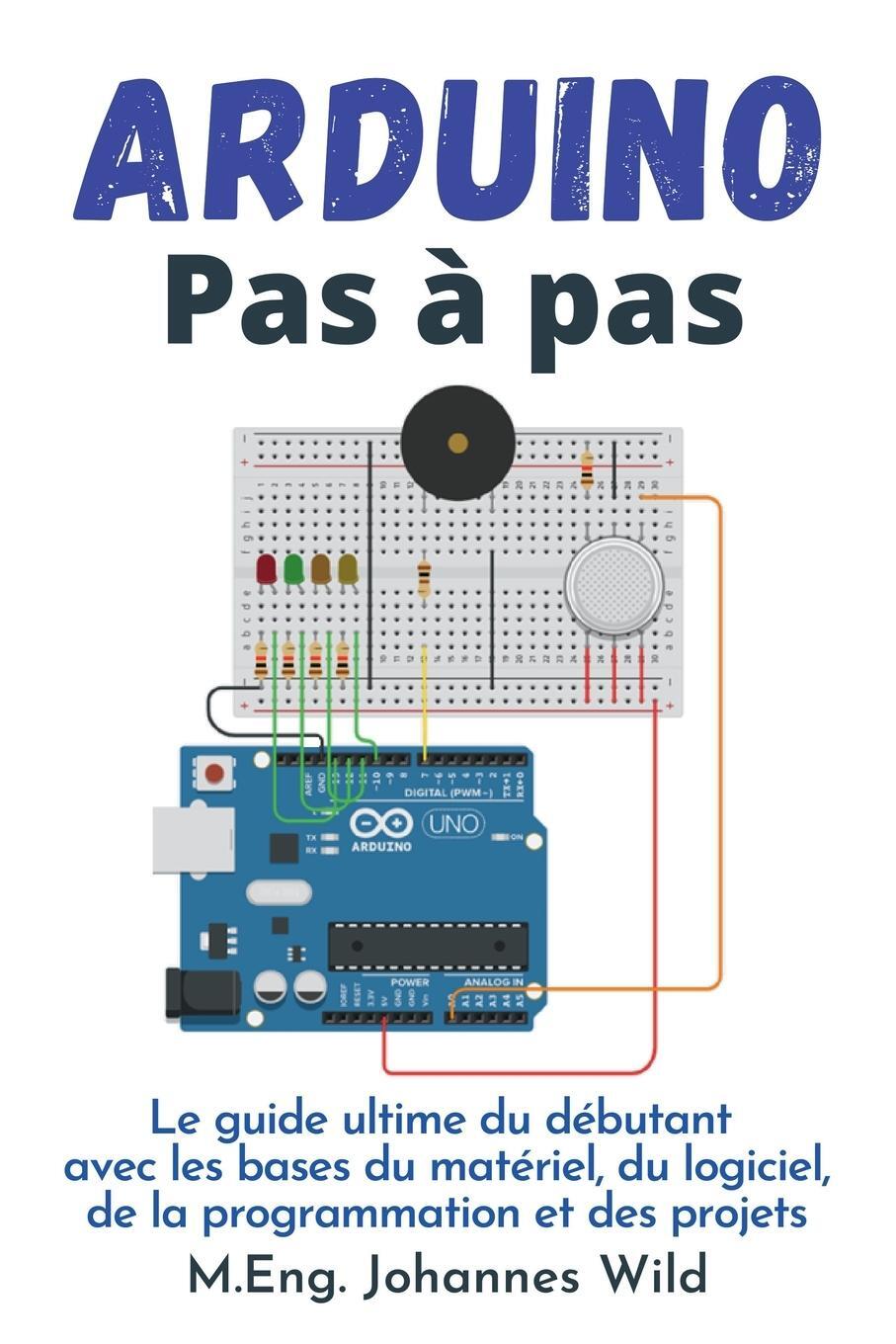136,95 €*
Versandkostenfrei per Post / DHL
Lieferzeit 2-3 Wochen
About the Editors
Vivienne Sze is an Assistant Professor at the Massachusetts Institute of Technology (MIT) in the Electrical Engineering and Computer Science Department. Her research interests include energy-aware signal processing algorithms and low-power circuit and system design for portable multimedia applications. Prior to joining MIT, she was with the R&D Center at Texas Instruments (TI), where she represented TI in the JCT-VC committee of ITU-T and ISO/IEC standards body during the development of HEVC (ITU-T H.265 | ISO/IEC 23008-2). Within the committee, she was the Primary Coordinator of the core experiments on coefficient scanning and coding and Chairman of ad hoc groups on topics related to entropy coding and parallel processing. Dr. Sze received the Ph.D. degree in Electrical Engineering from MIT. She has contributed over 70 technical documents to HEVC and has published over 25 journal and conference papers. She was a recipient of the 2007 DAC/ISSCC Student Design Contest Award and a co-recipient of the 2008 A-SSCC Outstanding Design Award. In 2011, she received the Jin-Au Kong Outstanding Doctoral Thesis Prize in Electrical Engineering at MIT for her thesis on "Parallel Algorithms and Architectures for Low Power Video Decoding".
Madhukar Budagavi is a Senior Member of the Technical Staff at Texas Instruments (TI) and leads Compression R&D activities in the Embedded Processing R&D Center in Dallas, TX, USA. His responsibilities at TI include research and development of compression algorithms, embedded software implementation and prototyping, and video codec SoC architecture for TI products in addition to video coding standards participation. Dr. Budagavi represents TI in ITU-T and ISO/IEC international video coding standardization activity. He has been an active participant in the standardization of HEVC (ITU-T H.265 | ISO/IEC 23008-2) next-generation video coding standard by theJCT-VC committee of ITU-T and ISO/IEC. Within the JCT-VC committee he has helped co-ordinate sub-group activities on spatial transforms, quantization, entropy coding, in-loop filtering, intra prediction, screen content coding and scalable HEVC (SHVC). Dr. Budagavi received the Ph.D. degree in Electrical Engineering from Texas A & M University. He has published six book chapters and over 35 journal and conference papers. He is a Senior Member of the IEEE.
Gary J. Sullivan is a Video and Image Technology Architect at Microsoft Corporation in its Corporate Standardization Group. He has been a longstanding chairman or co-chairman of various video and image coding standardization activities in ITU-T VCEG, ISO/IEC MPEG, ISO/IEC JPEG, and in their joint collaborative teams since 1996. He is best known for leading the development of the AVC (ITU-T H.264 | ISO/IEC 14496-10) and HEVC (ITU-T H.265 | ISO/IEC 23008-2) standards, and the extensions of those standards for format application range enhancement, scalable video coding, and 3D / stereoscopic / multiview video coding. At Microsoft, he has been the originator and lead designer of the DirectX Video Acceleration (DXVA) video decoding feature of the Microsoft Windows operating system. Dr. Sullivan received the Ph.D. degree in Electrical Engineering from the University of California, Los Angeles. He has published approximately 10 book chapters and prefaces and 50 conference and journal papers. He has received the IEEE Masaru Ibuka Consumer Electronics Technical Field Award, the IEEE Consumer Electronics Engineering Excellence Award, the Best Paper award of the IEEE Trans. CSVT, the INCITS Technical Excellence Award, the IMTC Leadership Award and the University of Louisville J. B. Speed Professional Award in Engineering. The team efforts that he has led have been recognized by an ATAS Primetime Emmy Engineering Award and a pair of NATAS Technology & Engineering Emmy Awards. He is a Fellow of the IEEE andSPIE.
Provides video application developers with invaluable reference to the latest video standard, High-Efficiency Video Coding (HVEC)
Serves as a companion reference, complementary to the standards document issued by JCT-VC
Includes in-depth discussion of algorithms and architectures by video experts who actually developed the standard
Provides insight into the reasoning behind the development of the HVEC tools, which will aid in understanding of the standard
| Erscheinungsjahr: | 2014 |
|---|---|
| Fachbereich: | Nachrichtentechnik |
| Genre: | Technik |
| Rubrik: | Naturwissenschaften & Technik |
| Medium: | Buch |
| Seiten: | 388 |
| Reihe: | Integrated Circuits and Systems |
| Inhalt: |
x
375 S. 127 s/w Illustr. 53 farbige Illustr. 375 p. 180 illus. 53 illus. in color. |
| ISBN-13: | 9783319068947 |
| ISBN-10: | 3319068946 |
| Sprache: | Englisch |
| Herstellernummer: | 86232270 |
| Ausstattung / Beilage: | HC runder Rücken kaschiert |
| Einband: | Gebunden |
| Redaktion: |
Sze, Vivienne
Sullivan, Gary J. Budagavi, Madhukar |
| Herausgeber: | Vivienne Sze/Madhukar Budagavi/Gary J Sullivan |
| Auflage: | 2014 |
| Hersteller: |
Springer International Publishing
Springer International Publishing AG Integrated Circuits and Systems |
| Maße: | 241 x 160 x 27 mm |
| Von/Mit: | Vivienne Sze (u. a.) |
| Erscheinungsdatum: | 03.09.2014 |
| Gewicht: | 0,746 kg |
About the Editors
Vivienne Sze is an Assistant Professor at the Massachusetts Institute of Technology (MIT) in the Electrical Engineering and Computer Science Department. Her research interests include energy-aware signal processing algorithms and low-power circuit and system design for portable multimedia applications. Prior to joining MIT, she was with the R&D Center at Texas Instruments (TI), where she represented TI in the JCT-VC committee of ITU-T and ISO/IEC standards body during the development of HEVC (ITU-T H.265 | ISO/IEC 23008-2). Within the committee, she was the Primary Coordinator of the core experiments on coefficient scanning and coding and Chairman of ad hoc groups on topics related to entropy coding and parallel processing. Dr. Sze received the Ph.D. degree in Electrical Engineering from MIT. She has contributed over 70 technical documents to HEVC and has published over 25 journal and conference papers. She was a recipient of the 2007 DAC/ISSCC Student Design Contest Award and a co-recipient of the 2008 A-SSCC Outstanding Design Award. In 2011, she received the Jin-Au Kong Outstanding Doctoral Thesis Prize in Electrical Engineering at MIT for her thesis on "Parallel Algorithms and Architectures for Low Power Video Decoding".
Madhukar Budagavi is a Senior Member of the Technical Staff at Texas Instruments (TI) and leads Compression R&D activities in the Embedded Processing R&D Center in Dallas, TX, USA. His responsibilities at TI include research and development of compression algorithms, embedded software implementation and prototyping, and video codec SoC architecture for TI products in addition to video coding standards participation. Dr. Budagavi represents TI in ITU-T and ISO/IEC international video coding standardization activity. He has been an active participant in the standardization of HEVC (ITU-T H.265 | ISO/IEC 23008-2) next-generation video coding standard by theJCT-VC committee of ITU-T and ISO/IEC. Within the JCT-VC committee he has helped co-ordinate sub-group activities on spatial transforms, quantization, entropy coding, in-loop filtering, intra prediction, screen content coding and scalable HEVC (SHVC). Dr. Budagavi received the Ph.D. degree in Electrical Engineering from Texas A & M University. He has published six book chapters and over 35 journal and conference papers. He is a Senior Member of the IEEE.
Gary J. Sullivan is a Video and Image Technology Architect at Microsoft Corporation in its Corporate Standardization Group. He has been a longstanding chairman or co-chairman of various video and image coding standardization activities in ITU-T VCEG, ISO/IEC MPEG, ISO/IEC JPEG, and in their joint collaborative teams since 1996. He is best known for leading the development of the AVC (ITU-T H.264 | ISO/IEC 14496-10) and HEVC (ITU-T H.265 | ISO/IEC 23008-2) standards, and the extensions of those standards for format application range enhancement, scalable video coding, and 3D / stereoscopic / multiview video coding. At Microsoft, he has been the originator and lead designer of the DirectX Video Acceleration (DXVA) video decoding feature of the Microsoft Windows operating system. Dr. Sullivan received the Ph.D. degree in Electrical Engineering from the University of California, Los Angeles. He has published approximately 10 book chapters and prefaces and 50 conference and journal papers. He has received the IEEE Masaru Ibuka Consumer Electronics Technical Field Award, the IEEE Consumer Electronics Engineering Excellence Award, the Best Paper award of the IEEE Trans. CSVT, the INCITS Technical Excellence Award, the IMTC Leadership Award and the University of Louisville J. B. Speed Professional Award in Engineering. The team efforts that he has led have been recognized by an ATAS Primetime Emmy Engineering Award and a pair of NATAS Technology & Engineering Emmy Awards. He is a Fellow of the IEEE andSPIE.
Provides video application developers with invaluable reference to the latest video standard, High-Efficiency Video Coding (HVEC)
Serves as a companion reference, complementary to the standards document issued by JCT-VC
Includes in-depth discussion of algorithms and architectures by video experts who actually developed the standard
Provides insight into the reasoning behind the development of the HVEC tools, which will aid in understanding of the standard
| Erscheinungsjahr: | 2014 |
|---|---|
| Fachbereich: | Nachrichtentechnik |
| Genre: | Technik |
| Rubrik: | Naturwissenschaften & Technik |
| Medium: | Buch |
| Seiten: | 388 |
| Reihe: | Integrated Circuits and Systems |
| Inhalt: |
x
375 S. 127 s/w Illustr. 53 farbige Illustr. 375 p. 180 illus. 53 illus. in color. |
| ISBN-13: | 9783319068947 |
| ISBN-10: | 3319068946 |
| Sprache: | Englisch |
| Herstellernummer: | 86232270 |
| Ausstattung / Beilage: | HC runder Rücken kaschiert |
| Einband: | Gebunden |
| Redaktion: |
Sze, Vivienne
Sullivan, Gary J. Budagavi, Madhukar |
| Herausgeber: | Vivienne Sze/Madhukar Budagavi/Gary J Sullivan |
| Auflage: | 2014 |
| Hersteller: |
Springer International Publishing
Springer International Publishing AG Integrated Circuits and Systems |
| Maße: | 241 x 160 x 27 mm |
| Von/Mit: | Vivienne Sze (u. a.) |
| Erscheinungsdatum: | 03.09.2014 |
| Gewicht: | 0,746 kg |

